F1's two-stop experiment flops - 2025 Monaco GP takeaways
The two-stop experiment didn't make much of a difference to the racing as Lando Norris produced his most convincing weekend of 2025. Here's what we learned from the Monaco Grand Prix
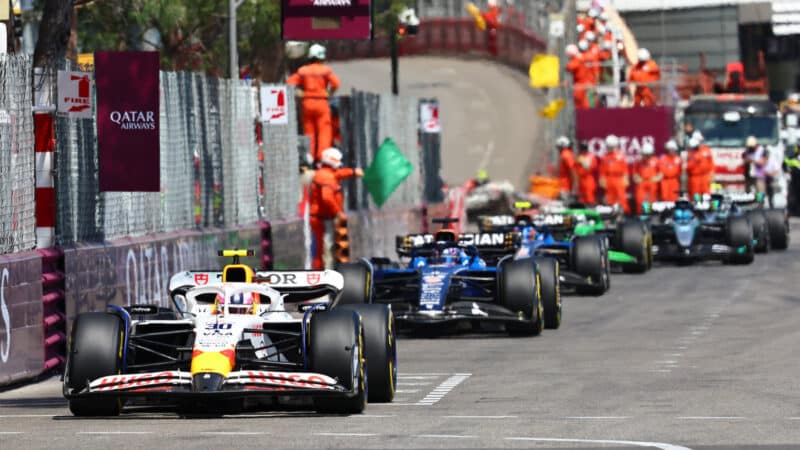
Drivers didn't enjoy the mandatory two-stop rule
Grand Prix Photo
The experimental two-stop rule didn’t help fix the Monaco Grand Prix issues, as the event was another processional race with no overtaking.
As expected, the rule also led to some manipulation as teams gamed the system to secure the best possible result.
Here’s the main takeaways from the Monte Carlo weekend.
Two-stop experiment left most cold
It would be naïve to still believe that racing is Formula 1 bosses’ top priority as the series celebrates its 75th anniversary, so claiming that Monaco isn’t a circuit that’s fit for racing the current F1 cars would be sort of missing the point.
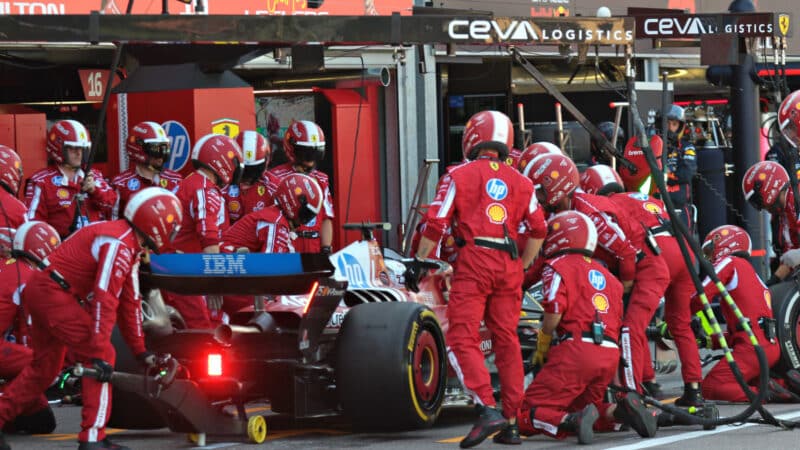
The two-stop rule didn’t help much in making the race better
Grand Prix Photo
However, there was an attempt to improve the situation through the mandatory two-stop rule, which means that the series recognises there is a problem when it’s time to go racing on the streets of the principality.
The attempt, while noble, was somewhat surprising, as a deeper analysis of previous races and race strategy would have offered evidence of what the outcome would have been without having to run the race.
The result was pretty much what anyone could have expected: teams trying to game the system and a race that, while tense at points, was pretty much just the usual Monaco procession.
Many drivers expressed their opposition to the idea after the race, with winner Lando Norris going as far as saying he “hated it”.
“You can’t race here. It doesn’t matter what you do. One stop, 10 stops,” Max Verstappen told Sky. “I get it but I don’t think it’s worked. We were almost doing Mario Kart. Then we have to install bits on the car and maybe you can throw bananas around.”
The mandatory two stops added a certain amount of uncertainty to the race, although the intrigue didn’t turn into action because nothing – read a safety car – actually happened.
The outcome was still decided in qualifying, and F1 will have to ask itself whether drivers creating artificial roadblocks to help their team-mates is something that really helps the spectacle and the series itself going forward.
From the sporting side of things, it’s not a good look when drivers themselves apologise for having ‘manipulated’ the race.
But then there’s the other aspect, which is F1 grabbing more attention by trying something new and different. In that sense, the experiment was probably a success that could be here to stay.
Norris looked the most convincing he’s been in 2025
Having not won a race since the season-opening Australian GP, Norris has faced plenty of criticism as team-mate Oscar Piastri looked like the most convincing of the McLaren drivers and took the championship lead a couple of races ago.
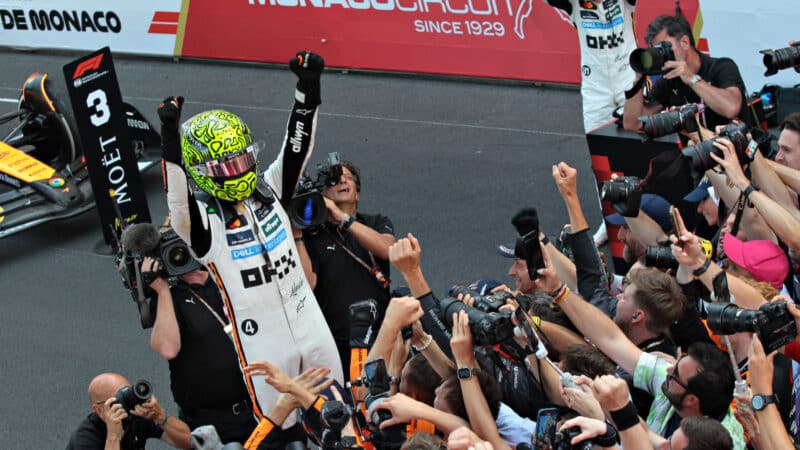
Norris took his most convincing win of 2025
Grand Prix Photo
But Monaco saw Norris performing at his best, and probably at his strongest in all of 2025 so far.
The Briton took the most crucial pole position of the year and then managed to control the race, with the lock-up at the start his only hiccup during the 78-lap event.
While resisting the pressure from behind in Monaco is not the same as doing it elsewhere, Norris kept his cool when he had Charles Leclerc right behind, and then showed he had plenty of speed in store when Verstappen finally pitted for the second time.
Beating Piastri in the last two races has allowed Norris to close the gap to just three points, and his Monaco display could be the turning point the British driver needed.
Now he needs to confirm it in Spain this weekend.
Ferrari forgot some of its problems for a weekend
Leclerc kept downplaying his chances of a Monaco GP victory repeat right from the start of the weekend, but it was evident from the first bit of track action that he was very fast.
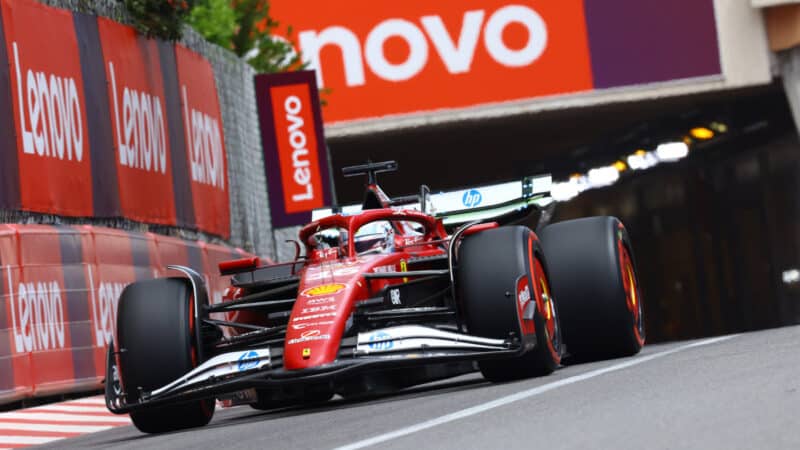
Leclerc enjoyed his best weekend of 2025
Grand Prix Photo
On paper, Ferrari struggles in low-speed corners, but the street circuit allowed the Maranello squad to forget about its problems with having to set up its car higher than its rivals in order to avoid a repeat of its China disqualification.
Leclerc dominated practice and only Norris’s superb qualifying effort put an end to his hopes of back-to-back victories in his home race.
The Monegasque put Norris under a lot of pressure in the race, but he needed a big mistake that never came and had to settle for second, still Ferrari’s strongest showing of the year. Spain this weekend is likely to be a different story.
On the other side of the garage, Lewis Hamilton‘s weekend went quite differently, the Briton still unable to match Leclerc’s pace.
A three-place grid penalty didn’t help, but the 48-second gap to Leclerc at the end of the race was hard to explain, even for Hamilton himself.
Racing Bulls was smarter than most
It wasn’t the greatest move from a sporting perspective – although it was very predictable – but Racing Bulls was one of the best teams in gaming the mandatory two-stop rule to its benefit.
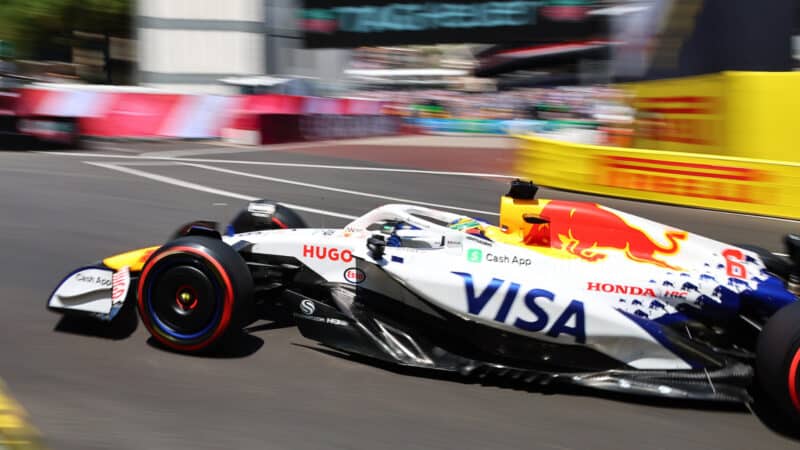
Hadjar benefitted from Lawson’s help to score again
Grand Prix Photo
Liam Lawson acted as a shield for team-mate Isack Hadjar in the opening part of the race, allowing the latter to complete his two stops without a significant loss in track position.
The strategy worked well for the team, with Hadjar finishing in a very strong sixth in his first outing in an F1 car in Monaco.
Lawson also enjoyed his best day of the season, scoring his first F1 points with eighth.
Williams was another team which tried the same approach, feeling it had no choice after being the “victim” of rivals doing the same thing.
And it also worked in securing the Grove squad a double-points finish, and to anger George Russell, who later was on the receiving end of help from team-mate Kimi Antonelli, who backed up rivals to help the Briton. In the end, that yielded no points.
Antonelli still has a lot to learn
Taking pole for the Miami Grand Prix sprint showed that Mercedes has plenty to be hopeful about over Antonelli’s future as a Formula 1 driver.
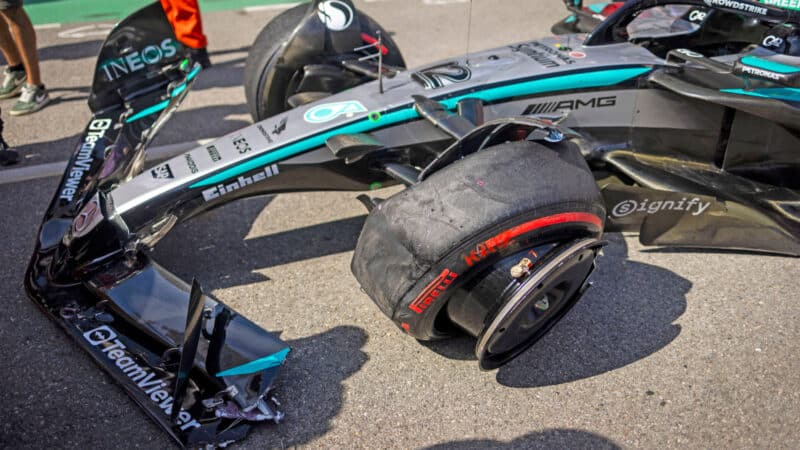
Mercedes had a weekend to forget
However, the last two races have been a bit of a slap of reality about how much the Italian needs to progress to become a regular contender.
At Imola, Antonelli had a bit of an off weekend as he struggled to cope with the pressure of racing at home and everything that came with it.
Monaco was never going to be easy for a rookie who had never raced there before, and a costly crash in Q1 made a points finish almost an impossible ask.
His situation wasn’t helped by having to assist team-mate Russell by running slowly to back up rivals on his way to an 18th-place finish.
The Spanish GP, at a circuit he knows, should be a good opportunity for Antonelli to bounce back, particularly as he won’t have to worry about the C6 tyre compound that he hasn’t enjoyed using in the last two races.
